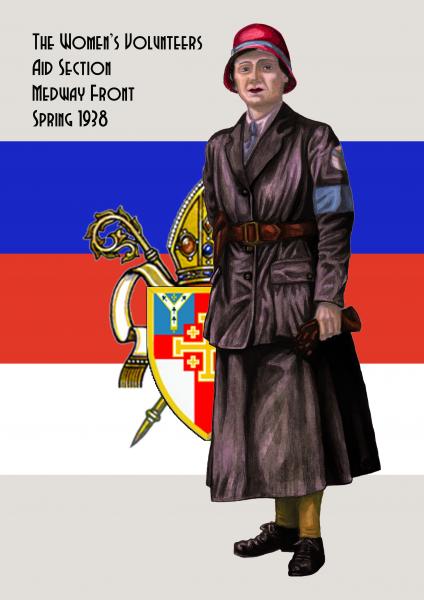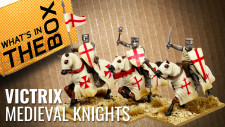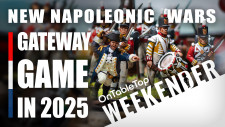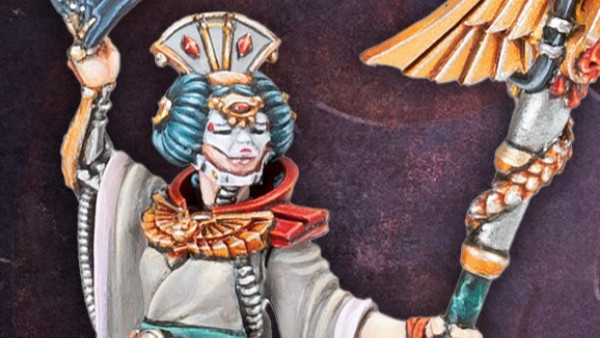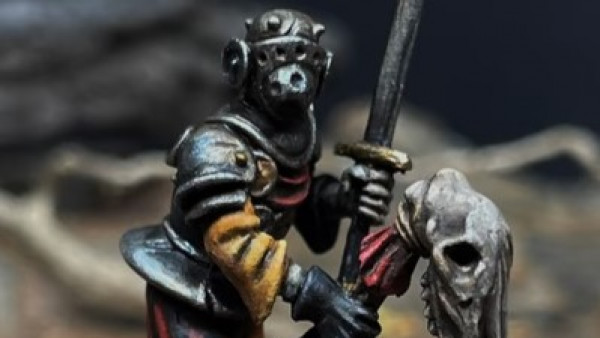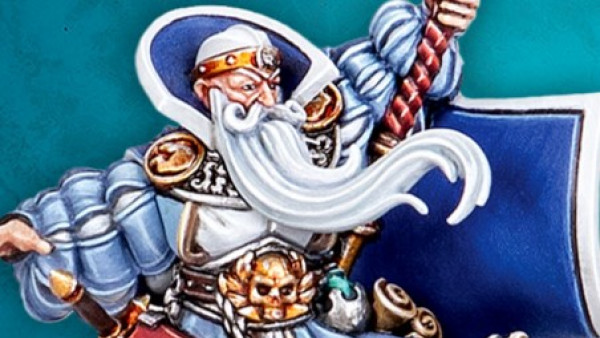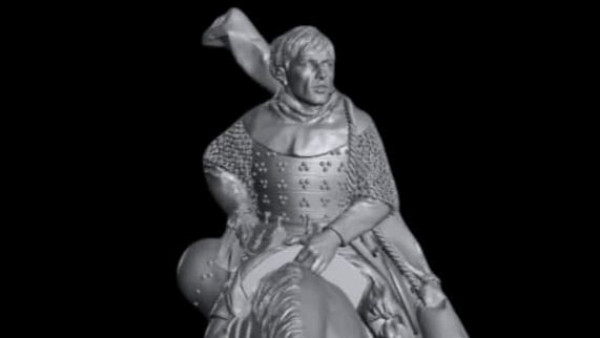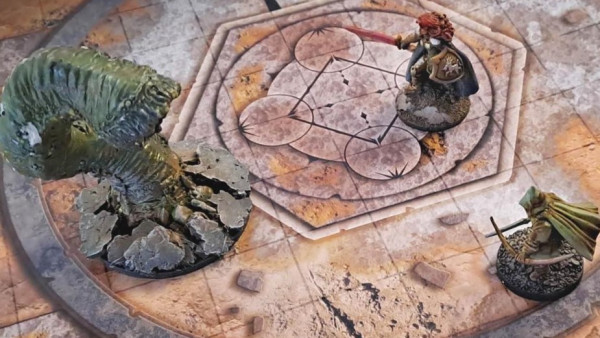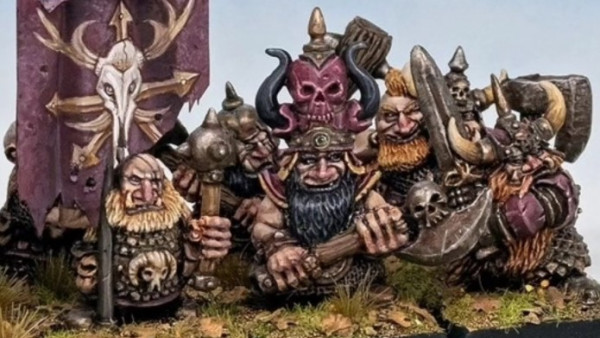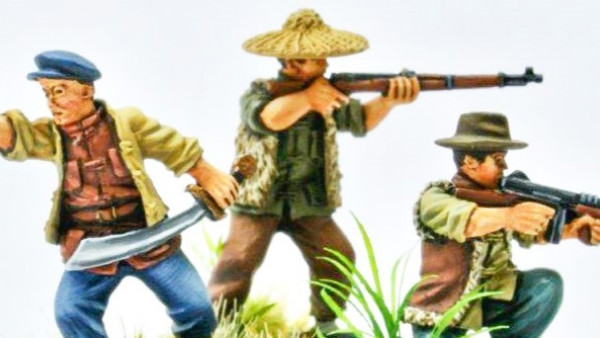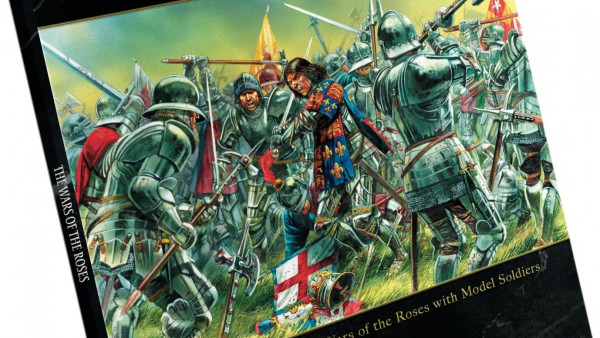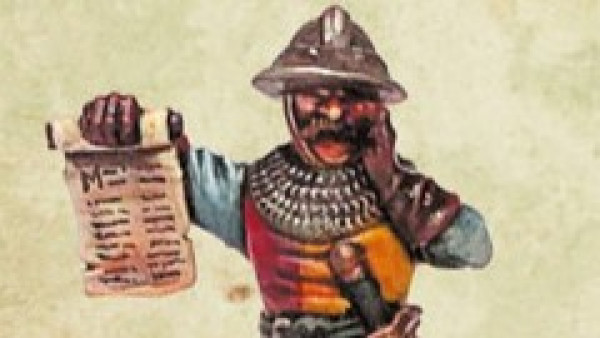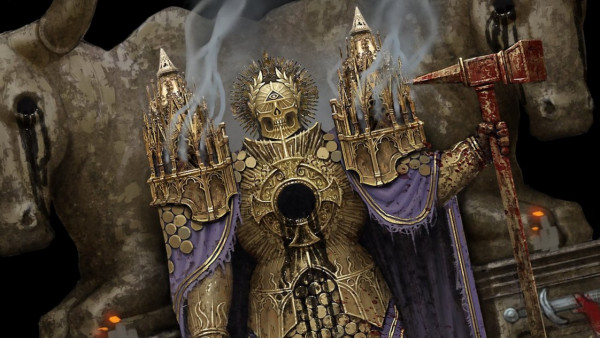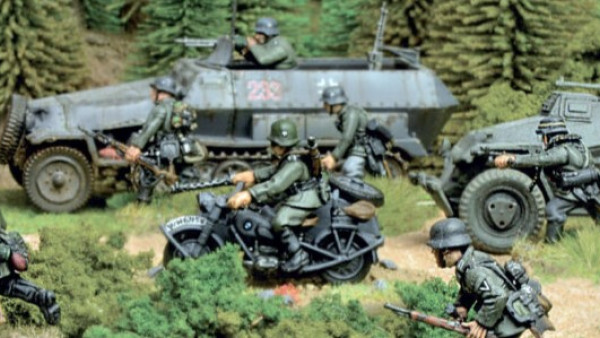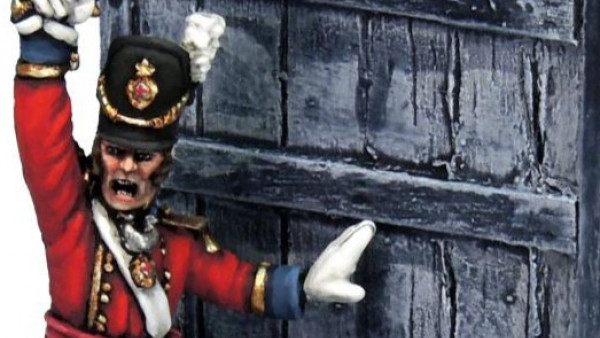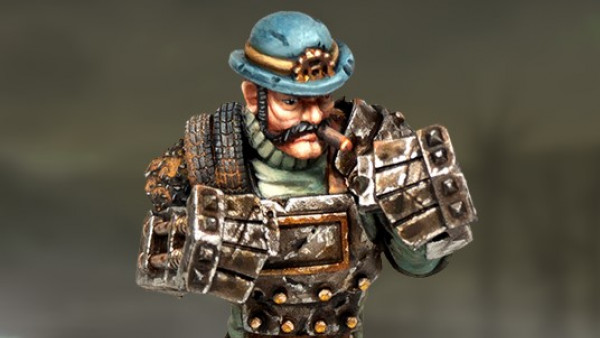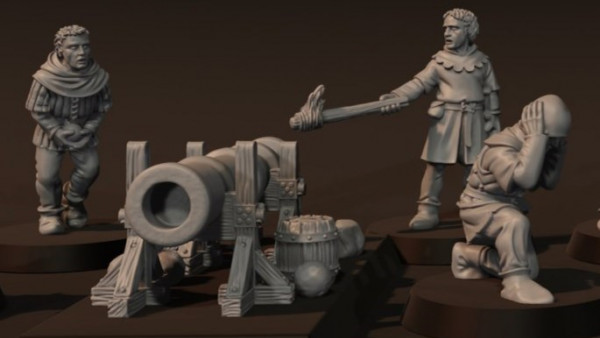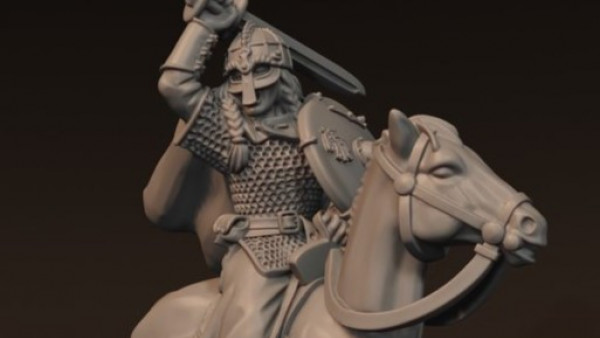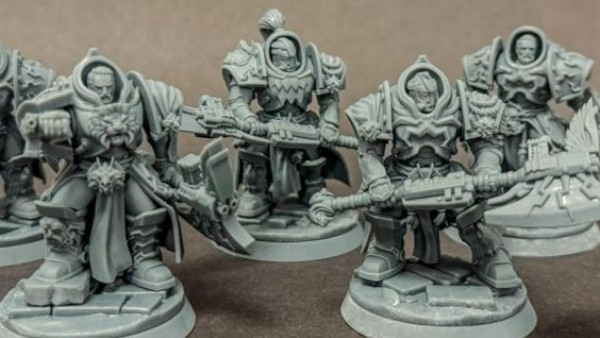Home › Forums › Painting in Tabletop Gaming › What Are You Painting Now? › Reply To: What Are You Painting Now?
Continuing on the 1938 A Very British Civil War theme as I have been doing of late today I am being you the second part of the Anglican League.
Southern Division
St Augustine Brigade
The Augustine Brigade was formed largely from the veterans of the defence of Canterbury. Now holding the line at the Medway, this brigade is to halting the British Union of Fascists advances from London.
Invicta Brigade
The Invicta Brigade is the second Kentish formation raised and is primarily tasked with protection of the Tonbridge to Bath rail line and the defence of Winchester, which is becoming an important centre for the opposition Government.
Western Division
Western Brigade
This is the main formation of the Bishop of Bath and Wells’ forces which opened the offensive on the Severn Valley. Though ultimately unsuccessful the Western Brigade carried out a successful rear-guard action led by Colonel “Skipper” Hare.
South Western Brigade
This smaller Brigade has been active in Devon and Somerset.
Northern Division
St Paulinus’ Brigade
The Archbishop of York’s Brigade has seen active service at the Battle of Hull and also fights alongside the Yorkist front. The relationship with the Yorkists has been strained. Within the City of York and on combined operations command always resides with the professional military leaders of York.
St Aidan and St Bede’s Brigade
In the far north of England a small brigade operates from Lindisfarne. As well as being a thorn in the side of the Royalist Northern Army and threatening the supply line to Berwick, this brigade maintains contact with both the League of St Andrew and the Scottish Republican Government.
Notable Independent Brigades
Stanley’s Cotswold Brigade
Stanley’s Brigade is a light and mobile force which has been used to rapidly reinforce Anglican League forces in trouble spots. Initially formed in Kent, it was first deployed to the Cotswolds to help protect the supply lines to Bath. From there it crossed the Severn and made contact with the Bishop of Hereford’s forces and after their defeat helped them in the Archenfield enclave. From there Stanley’s troops have gone north to support the revolts in Chester and most recently have been active in Cumberland liaising with the Albertines and Anglican League forces there.
Independent Lake District Brigade
This is a small brigade of Lakelanders and refugees from Royalist Lancaster and Carlisle. They have been fighting a guerrilla war if hit and run against Government forces and now are working with the Albertine forces on the Cumberland coast.
Archenfield Brigade
Following the defeat and capture of the Bishop of Hereford after the Severn Valley campaign, the remains of the Bishop’s army retreated towards Ross on Wye under the leadership of a Welsh Priest. The resulting enclave was based on the diocese of Archenfield. The Leaguers have had to develop their forces, making do with whatever they can scrounge or build locally and a series of small cottage industries have sprung up to service the needs of this small army and earning them the nickname of the “Arts and Crafts Army”. Occasionally supplies do get through from Bath. The diocese has also developed a local alliance with the Welsh Nationalists often combining forces for short campaigns or raids.
Chester Brigade
The Bishop of Chester was rather a reluctant convert to the rebel cause of the Anglican League, but being tipped off about his imminent arrest by the British Union of Fascists, he decided to throw in his lot with the League. His escape from Chester with the aid of a dancing bear and a troop of Morris Dancers is the stuff of legend. The Bishop’s war since has been a rather gritty affair of trying to stay out of the clutches of Lord Farndon, the Royalist Commander in Cheshire. In their first battlefield encounter the bishop was wounded by artillery fire but despite or perhaps because of this the Cheshire Anglican League performed well and honours with the Royalists were equally divided. Receiving supplies along the coast and in a working alliance with the Welsh Nationalists, the Cheshire Brigade continues to be a problem for the Royalist and Government forces.

